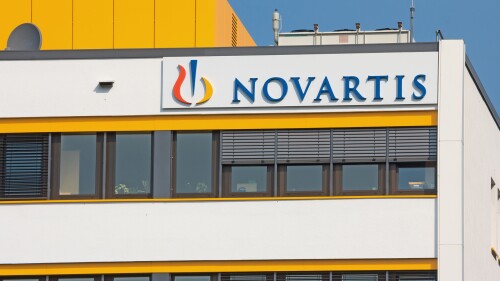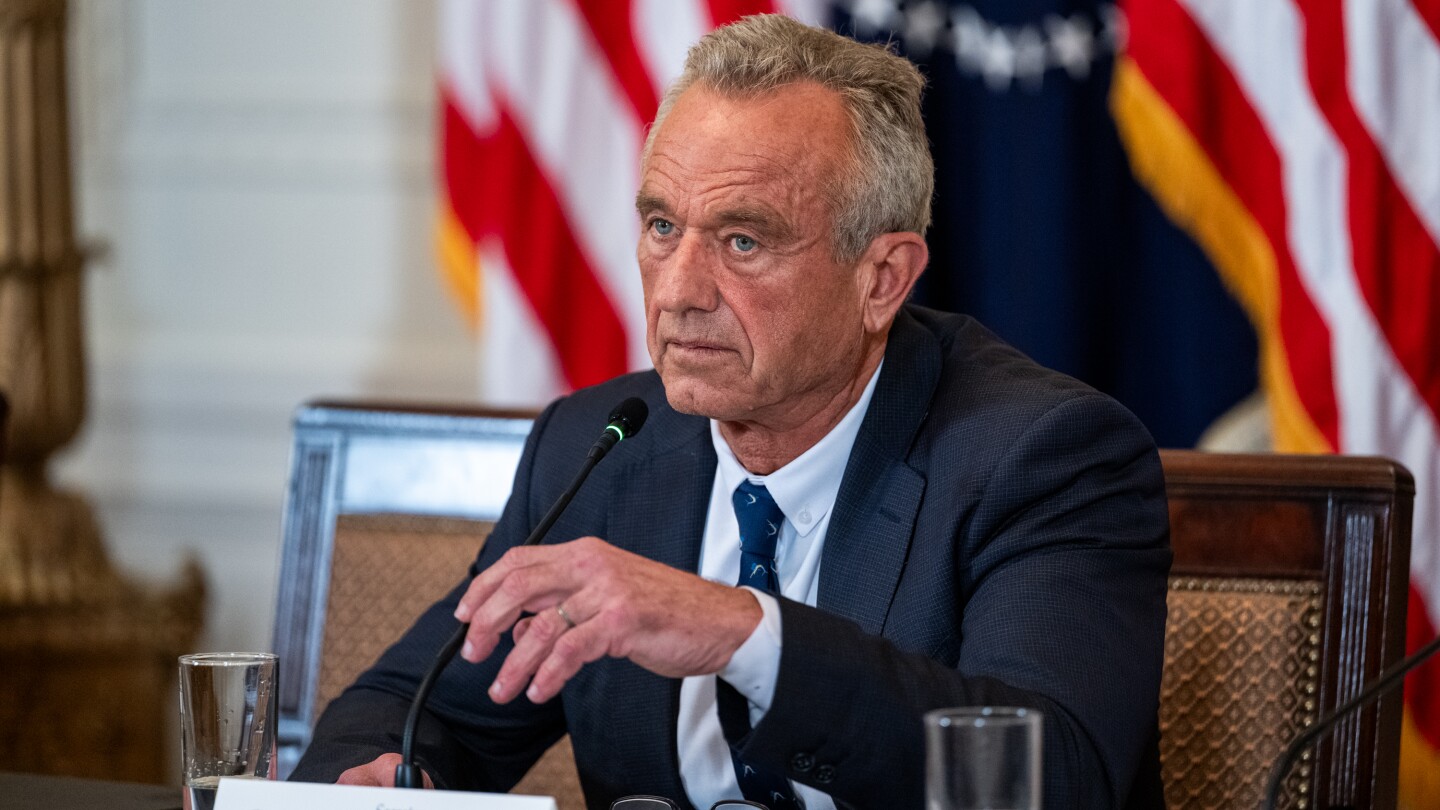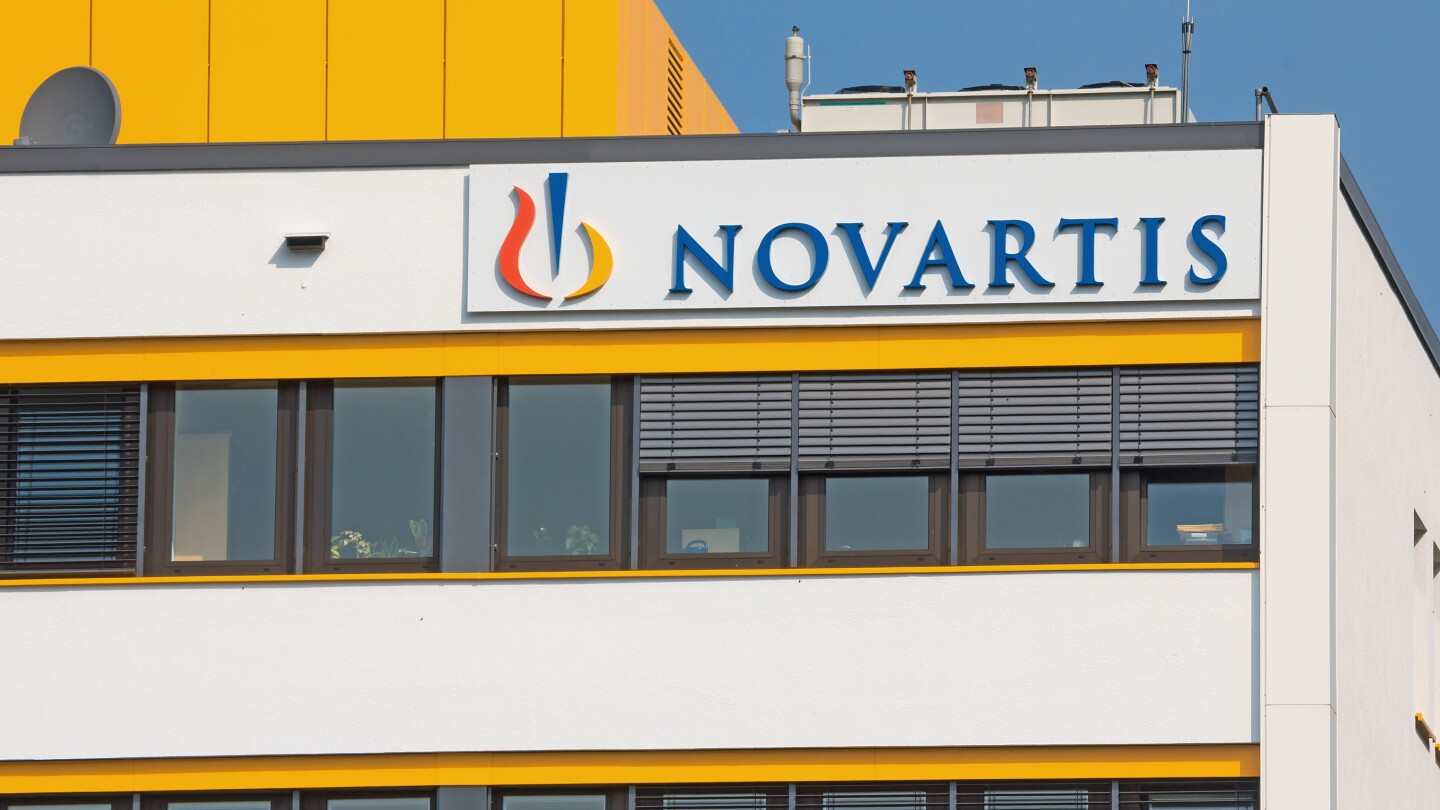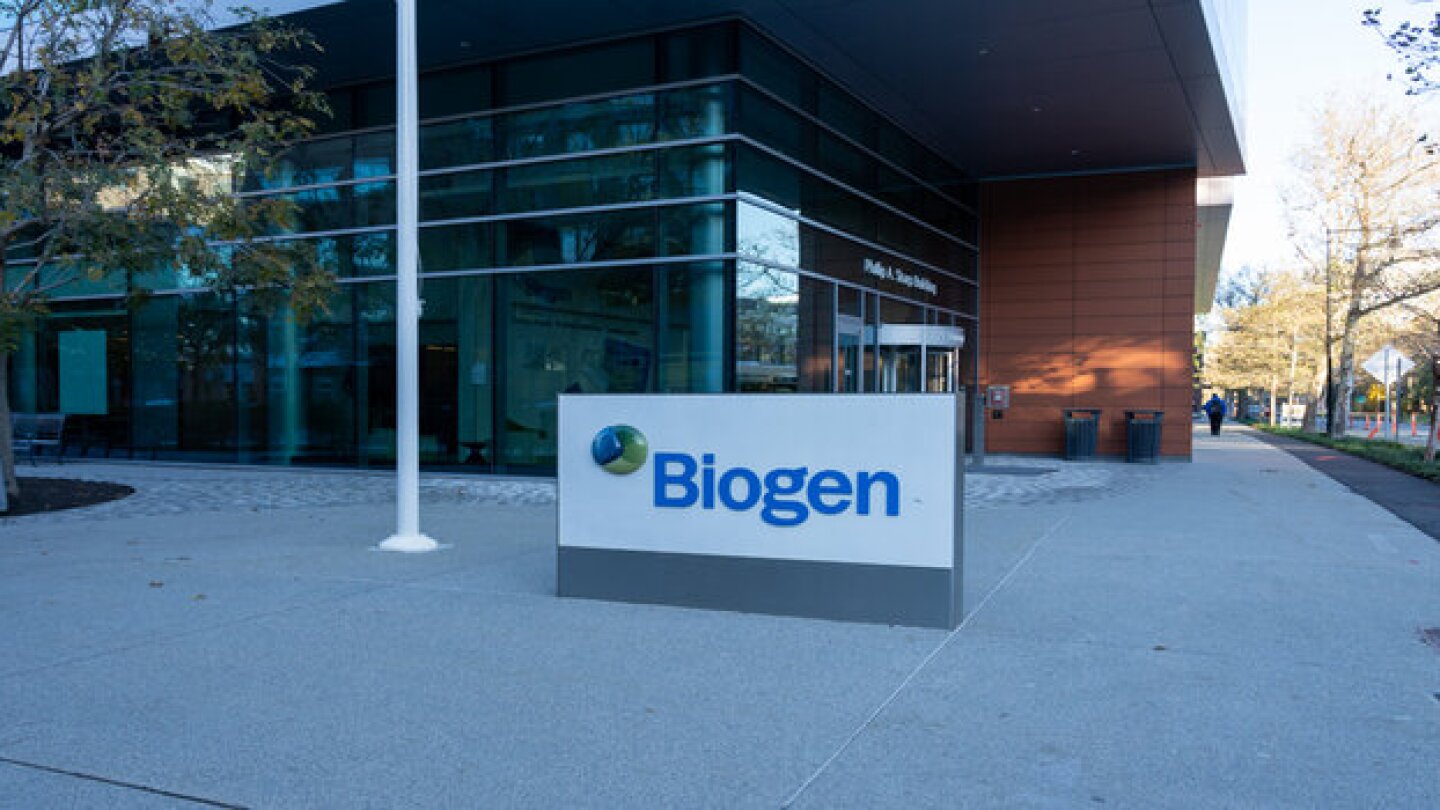News
The business separation, expected to be completed by the end of 2026, will result in two new companies, one focused on biopharma operations and the other on royalty management.
FEATURED STORIES
After decades of limited progress—owing to the difficulty of treating the disease and resultant market risk—glioblastoma research is entering a new phase spurred by smarter trials, targeted funding and renewed interest from companies like Merck and Jazz Pharmaceuticals.
Sarepta and Capricor learned of key regulatory decisions from the media and investors, and Duchenne muscular dystrophy families have turned to the news for answers. Meanwhile, the FDA insists it remains committed to notifying companies of any regulatory action before sharing information with the media or public.
Against steep odds and well-established paradigms, these four companies have successfully been commercializing their products on their own.
Job Trends
Bristol Myers Squibb announced the presentation of data across its oncology and hematology portfolio at the upcoming 2024 American Society of Clinical Oncology Annual Meeting and the European Hematology Association 2024 Hybrid Congress.
FROM OUR EDITORS
Read our takes on the biggest stories happening in the industry.
Unpredictable communication and a lack of transparency are eroding the industry’s and the public’s trust. The FDA, experts agree, needs to take control of the narrative.
THE LATEST
Suddenly one obesity asset has come to define Amgen but executives see a fuller portfolio that will bring the big biotech into the future.
Contingent value rights are rising in a down market, helping to close the gap between buyer and seller expectations in biotech transactions.
In a livestreamed meeting Tuesday afternoon, Health Secretary Robert F. Kennedy Jr. drew a dark portrait of the state of America’s health while addressing the MAHA Commission’s most recent report, which includes plans to research potential links between vaccines and rising rates of chronic disease.
Executives at Novartis have not been shy about a desire to buy more companies, with cardiovascular a big focus. In total, the Swiss pharma has put $17.23 billion on the line in M&A and licensing deals this year.
After receiving a complete response letter for its pyruvate dehydrogenase complex deficiency candidate, Saol Therapeutics anticipates it will need “several years” and “significant financial resources” to address the FDA’s concerns.
Truist Securities called pumitamig’s data on Monday “very reassuring,” given the consistency between its performance in Chinese and global patient populations.
Novartis has been investing heavily in its cardiovascular pipeline this year, forging partnerships with Flagship startup ProFound Therapeutics and China’s Argo Biopharmaceutical, among others.
Regeneron’s antibody duos significantly lowered eye itching and redness, as well as pin prick reactivity, in people with cat and birch allergies. Still, BMO Capital Markets expressed uncertainty about the assets’ “commercial potential in a highly generic market.”
Ori Biotech’s CEO said the prioritization of review by FDA, coupled to the impact of the technology, could shave up to three years off development timelines.
With two late-stage programs set to read out in the next 48 months, Biogen is translating its wealth of experience in multiple sclerosis to lupus—developing a pipeline BMO Capital Markets analysts called “thoughtful.”

















